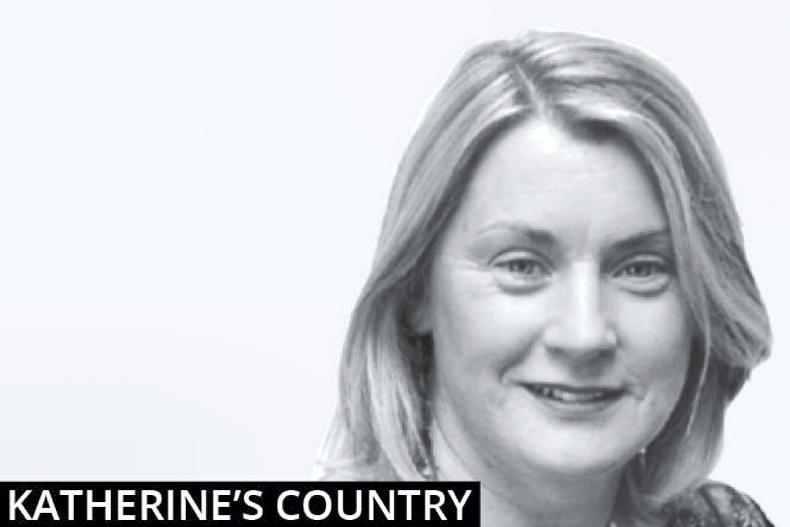When I was young I was often cautioned about wasting time. It was absolutely frowned upon to be idle! One needed to be doing something worthwhile.
During our summer holidays from school we’d paint the walls around the house and yard and field gates were touched up.
One year, Dad, my brother Phil and I painted the sheds. Bringing home the turf was an annual event. I remember it all with fondness. We had a common sense of purpose.
We were reared to be busy
That was before summer camps and foreign holidays were the norm. That is why the lockdowns became an opportunity for people in my age group to do things. We were reared to be busy. This has led to the production of some serious projects over the last 18 months. Slowly these masterpieces are emerging into the public domain through print, digital media and other means.
A welcome arrival at the doorstep
One evening, at the height of the calving season, I came in exhausted and my daughter Julie said: “A man called Gerry Forde dropped off a book for you.”
It was a name I knew well from agribusiness circles. During lockdown it was unusual to have any callers.
It was a pleasant surprise. I scanned it briefly. It was called The Bridges of Donoughmore – A Journey through time over Boggeragh rivers. Over the next few weeks I feasted on the beautiful pictures. The rivers and streams flow from the Boggeragh mountains through the parish of Donoughmore in mid-Cork, not too far from Cork city.
Gerry set about finding and photographing the 71 bridges in the parish.
The book covers the period from the middle of the 1600s up to the Great Famine
The book runs to 139 A4 landscape pages with 340 beautiful glossy images of the bridges and the surrounding mountain and valley views. Gerry has collected and recorded historical facts and stories from the community about the bridges and the structure of them.
The book covers the period from the middle of the 1600s up to the Great Famine, addressed through social history rather than by dates. While it is mainly of local interest; Gerry also details the 1841 Ordinance Survey 6” mapping of Donoughmore and Griffith’s Valuation 10 years later. Griffith’s Valuation is one of Ireland’s premier genealogical resources, referencing approximately one million individuals who occupied property in Ireland between 1848 and 1864.
He provides a roadmap for any parish or townland to follow his direction in producing a parish book on townlands and bridges
It was carried out under the direction of Richard Griffith to provide a basis for determining the amount of tax to be paid by all private owners of land and property.
Gerry particularly wanted to remember the history of this time of land division. He provides a roadmap for any parish or townland to follow his direction in producing a parish book on townlands and bridges. The book is available in the local shops in the surrounding hinterland and all proceeds go back into community and related projects. Watch out for books that have been produced in your locality during lockdown.
Symbolic nature of bridges
Bridges mean different things to people from the deepest of sadness to heartfelt joy and nostalgia. They often have romantic connotations, being the location of meetings. Sometimes they are places where people have lost their lives.
The first bridge in my life was the tiny Cooleeney Bridge near our home in Tipperary. It was the place that defined my first boundary. I often sat on the little wall dreaming while listening to the trickle of the water underneath. There are many famous bridges all over the world and I’ve visited some such as the Golden Gate Bridge in San Francisco and the Millau Viaduct across the valley of the Tarn in southern France and our own Mary McAleese bridge across the River Boyne.
The story is compelling and this is one of those films that stands the test of time
Both the book and the film called The Bridges of Madison County are firm favourites of mine. The film is based on the novel by Robert James Waller. Photographer Robert Kincaid wanders into the life of housewife Francesca Johnson for four days in the 1960s. The chemistry between Clint Eastwood as the photographer and Meryl Streep as the young farmer’s wife is powerful. The story is compelling and this is one of those films that stands the test of time. It all works out fine in the end with nobody burning their bridges!
It is important that we continue to build bridges between people and places and remember it’s never too late to mend fences. You see, the bridges of the relationship kind are just as important as the structural kind.






 This is a subscriber-only article
This is a subscriber-only article










SHARING OPTIONS: